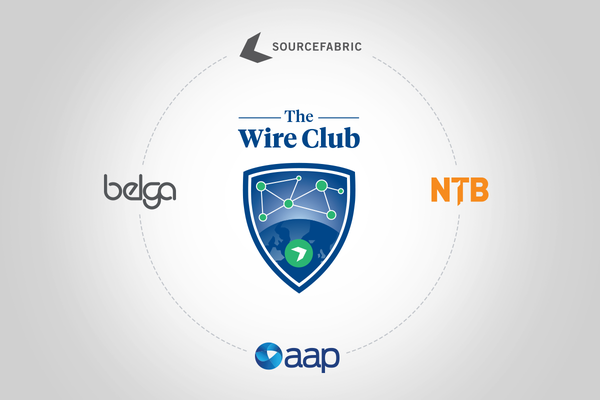Solving Journalism’s Buy or Build Quandary with a Collaborative CMS

It used to be that when a publisher wanted to replace their news outlet’s outdated content-management system (CMS) – software essential to the operation of any newsroom – they faced a version of this question: to buy or to build? Today, as big media companies have begun selling their homegrown CMSs to other publishers, the question has only become more complicated, as the promise of flashy bells and whistles hits against price tags that reach into the millions.
But as Jesse Knight, the former chief information officer at Vice, wrote last year, the CMS “buy or build” quandary is self-defeating. Despite minor variations in workflows and processes, every publisher faces generally the same operational needs. So, instead of spending bucketloads of cash to recreate the CMS wheel – solving problems that have already been solved by others – Knight opines that what the news business should be doing is working together to build a common CMS platform.
I couldn’t agree more. I’ve spent my career helping news organisations around the world find collaborative ways to transition from legacy systems to open-source publishing solutions. And as a recent initiative between Sourcefabric and three national news agencies demonstrates, the ideal that Knight and others advocate is much more than an intellectual exercise.
A few months ago, Sourcefabric partnered with the Australian Associated Press, the Norwegian news agency NTB, and the Belgian news agency Belga, to map out the future of Superdesk, our open-source headless CMS for newsrooms. Because Superdesk is built on an open-source code base, it allows media organisations using it to collectively make improvements and share in development costs. The immediate goal of this new partnership, called the Superdesk Wire Club, is to ensure that news agency users are represented at the software-development table. But the secondary objective is to offer a better answer to the “buy or build” conundrum.
News agencies are particularly well suited for this work. In the American South, cooperative news gathering dates to the mid-1800s, when a group of editors joined forces to cover the costs of news sent by telegraph. In New Zealand, a newspaper-supported news-agency was launched in 1880 to encourage editorial unity during periods of economic uncertainty. And news agencies in Europe have proven more adept than other sectors at managing cross-border partnerships during periods of war.
Modern news agencies have continued the collaborative tradition, expanding into the technical realm. For example, a group of six European news agencies – led by the Dutch agency, ANP – is currently working to develop a system for data-driven publishing to analyse what content users find most engaging. Another initiative between the German news agency Deutsche Presse-Agentur and STT, the Finnish news agency, aims to use data to help news agencies track and match content to reader preferences.
Our Superdesk development partnership is a natural extension of these strengthening digital ties. When news agencies work together to develop technological solutions to shared challenges, the entire industry benefits. Moreover, when content publishers have the ability to add onto one another’s digital solutions in ways that aren’t proprietary, the common CMS that results becomes infinitely customisable.
We may never see the day when publishers work from a single publishing platform. Old habits die hard, and with so much money at stake, competition between big media companies hawking their own software solutions is only going to intensify. But as the Superdesk Wire Club initiative illustrates, elements of the news industry are already co-creating a common publishing platform that any publisher can use. From my perspective, that has turned the “buy or build” dilemma into an opportunity for publishers to take the best of both approaches.
